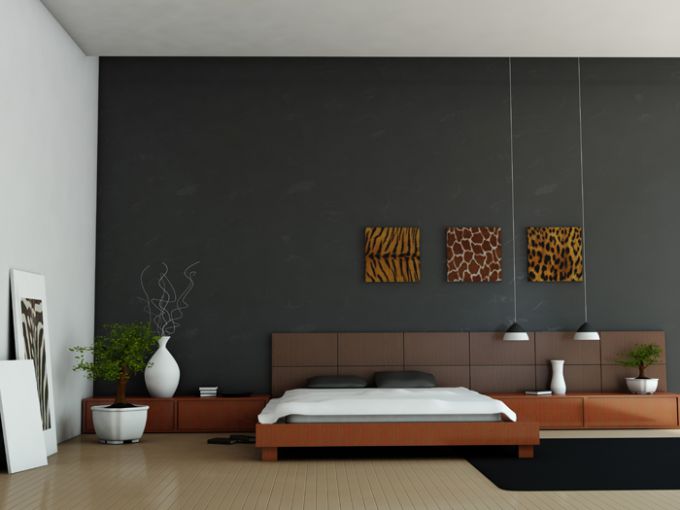Minimalism has evolved into a very important aspect of interior design that embodies the brevity, lightness, and functionality. Minimalism in Europe and America had a great influence Japanese aesthetics of minimalism, where there is a reverent attitude to the residential space, and restraint is considered a manifestation of taste and morality. However, today popular minimalist style is also used in the interior of large, spacious rooms.
Shapes, textures
Necessarily straight lines, rectangular shapes, square, the presence of asymmetry, clear, linear composition. More open space, without partitions. Use high-tech materials and natural wood, stone, plaster or wooden panel with geometric and natural pattern tile with imitation wood and stone.
The furniture in the minimalist style can be simple or complex linear forms, usually of wood. The surface is plain without a pattern. The interior has little decoration, little furniture, it is highly functional. The walls are smooth, white, can be covered with rough plaster, natural materials.
Color
Mandatory and the most important color for minimalist – white. Combine it with neutral colors such as gray, black, beige, grey, metal colour. Bright colors are allowed small patches in the form of decoration or a big painting on the wall.
Lighting
A minimalist space designed according to the Maxim to use space and lighting to make the room seem spacious, full of air and as if glowing from within. The interior is created largely through lighting design, lighting, multi-level, diverse.
Who is minimalism
This style like the representatives of all generations, it has become synonymous with comfort, harmony, simplicity, and dignity.









